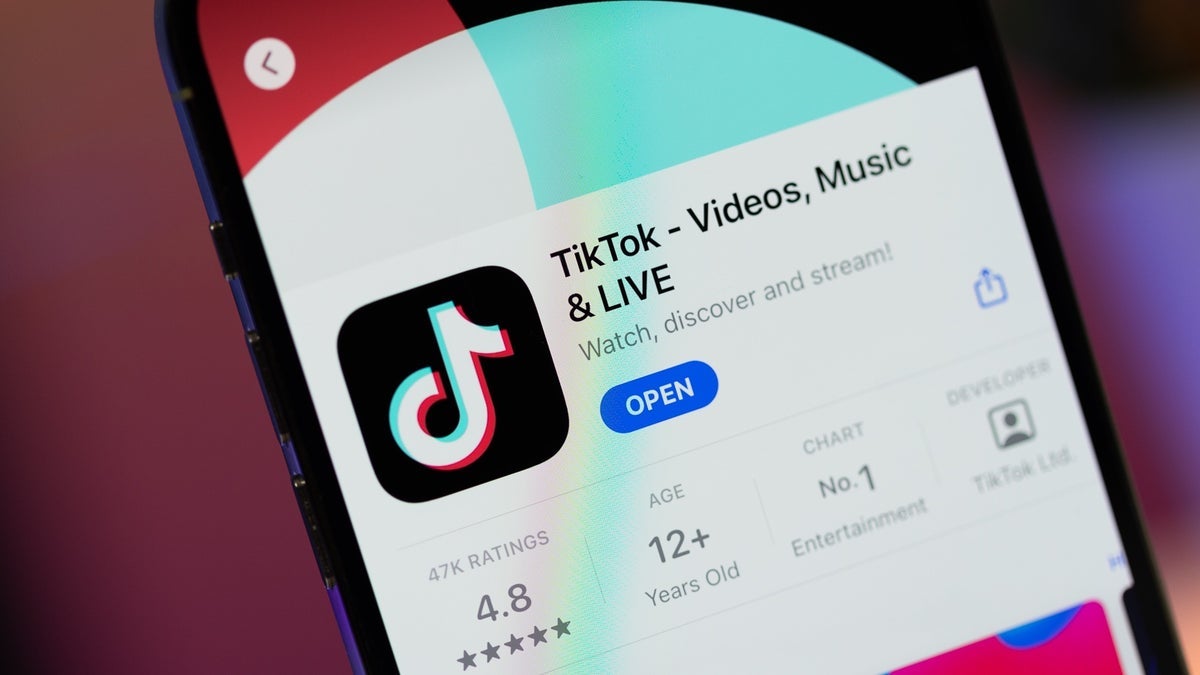Breaking up is hard to do, but for younger Americans today, ending a romantic relationship requires more than a heart-to-heart conversation—it could also require protection against follow-on invasions of online privacy and security.
According to a new analysis of research released earlier this summer by Malwarebytes, 45% of Gen Z partners said that, following a breakup, their former partners abused personal login credentials for a variety of harmful activities, such as accessing emails, tracking locations, and even spying on someone through a shared smart device.
This type of credential abuse is an abuse of consent. When couples have agreed to let one another access personal apps, messaging platforms, devices, and locations, some exes maintain that access even after a breakup.
The problem is particularly pronounced amongst America’s youth, as, comparatively, just 23% of Gen Xers and 10% of Baby Boomers reported the same behavior from their own exes. Those lower rates are not the function of lower app usage or smartphone adoption by older populations, as Malwarebytes’ research was controlled across all generations for the sharing of online accounts, devices, and location information.
Instead, the disparate privacy invasions could be a consequence of disparate sharing. As Malwarebytes revealed last year, Gen Z were more likely to consensually and non-consensually monitor their partners than any other generation.
The findings emerge from a new analysis of research that Malwarebytes released earlier this year in the report, “What’s mine is yours: How couples share an all-access pass to their digital lives.”
Together, they data reveals that modern breakups—like modern romance—are intimately intertwined with online life.
The kids aren’t alright
The kids (who are hardly kids by now) are having problems of consent.
When asked about how their ex-partners behaved following a breakup, Gen Z respondents experienced higher rates of login abuse than any other generation for nearly every single type of harm described.
For example, 14% of Gen Z respondents said that an ex-partner of theirs had logged into their own social media accounts after a breakup, compared to 8% of Gen Xers and 3% of Baby Boomers who said the same. That higher rate matched the similar 13% of Gen Z respondents who said that an ex-partner had “used my accounts to impersonate me.” Such impersonation included when an ex wrongfully logged into a personal social media account to make fraudulent posts, or when an ex even sent emails on the person’s behalf.
In one slim disparity, 11% of Gen Z respondents said an ex-partner had “accessed my emails, texts, DMs, or other messages,” compared to 9% of Gen X respondents and 4% of Baby Boomers.
But when Gen Z respondents did not report the highest rates of login abuse for one specific activity, it was common for their next-generation neighbors to take the title.
In fact, when comparing Gen Z respondents and Millennials together—as a combined group—against every generation older than them, the younger generations reported significantly higher rates of overall login abuse (43% of Gen Z and Millennials combined compared to 15% of all people older than Millennials), social media login abuse (13% compared to 4%), financial account login abuse (9% compared to 2%), and streaming service login abuse, such as when an ex continued to use a former partner’s Netflix or Spotify accounts after a breakup (14% compared to 1%).
While having an ex muddy your Hulu recommendations may seem like a minor inconvenience, America’s younger generations also faced higher rates of stalking, non-consensual location tracking, and outright digital spying.
America’s youth and a potential stalking crisis
Gen Z respondents and Millennials, combined, reported significantly higher rates of having an ex that “used my accounts to stalk me,” compared to the combined Gen X respondents and Baby Boomers who reported the same (13% compared to 5%).
Stalking itself is an umbrella term that includes unwanted, repeated attention from someone. That can include an abuser who physically follows their ex around town, or a spurned partner who sends incessant texts, phone calls, and emails. It can also include a divorced spouse who has moved out of a shared home but who, by maintaining access to a smart device, raises a thermostat to dangerous temperatures or who tracks a home’s visitors on a smart doorbell.
Worryingly, these types of activities—which can all fit into the broader term of “stalking”—were also individually reported more often by America’s younger generations.
For instance, significantly more Gen Z respondents and Millennials, combined, said an ex had “used my accounts to track my location or tracked via location sharing apps” than every generation older than them (12% compared to 3%). And 10% of this younger group of Americans also said that an ex had “logged into my smart devices to spy on me,” compared to 4% of Americans older than them.
Remember, also, that younger Americans reported higher rates of suffering from an ex who impersonated them (10% compared to 4% of Americans older than Millennials) and who also accessed their emails, texts, DMs, or other messages (10% compared to 6%).
All of these harms, depending on their regularity, can be described as stalking. With access to a former partner’s email and messaging platforms, an ex can send lewd messages to friends and family, destroy the former partner’s relationships at work, and sign the former partner up for annoying, endless spam mailers. This is targeted, unwanted harassment, which is exactly what stalking encompasses.
Though the reasons for the higher rates of stalking and stalking behavior faced by Gen Z and Millennials are unclear, it’s important to provide context from research that Malwarebytes released last year.
When asking 1,000 people in North America about the ways they monitored both their significant others and their children, Gen Z respondents were significantly more likely to track their romantic partners locations and digital activity—both with consent and without.
In fact, 29% of Gen Z respondents said that, with permission, they tracked a spouse or significant other’s location through an app or Bluetooth tracker (compared to 20% of non-Gen Z respondents), and 25% said they’d installed monitoring software on a spouse or significant other’s device (compared to 17% of non-Gen Z respondents).
Defining what’s “normal” to share
It’s hard to ignore that the generation most likely to engage in consensual location tracking is also the generation most likely to report non-consensual location tracking after a breakup.
This doesn’t mean that location sharing is inherently dangerous, or that relationships amongst younger Americans are inherently more volatile.
Instead, this data merely points to a teaching moment. Romance is complex enough without the addition of location tracking, device sharing, password use, and joint account setups. But while Malwarebytes can’t help with any of the actual difficulties around dating, it can help with everything digital.
Visit Malwarebytes’ “Modern Love in the Digital Age” guidance hub today for advice on safely and securely sharing your digital life with the person you trust most.
Summer mega sale
Go into your vacation knowing you’re much more secure: This summer you can get a huge 50% off a Malwarebytes Standard subscription or Malwarebytes Identity bundle. Run, don’t walk!
[ad_2]
Source link





.webp)
.webp)
.webp)



.webp)
.webp)










